1500+ ★★★★★ REVIEWS
Step-by-Step Guide to a Gentle Hair Care Routine for Hair Loss
Understanding Hair Loss and Its Causes
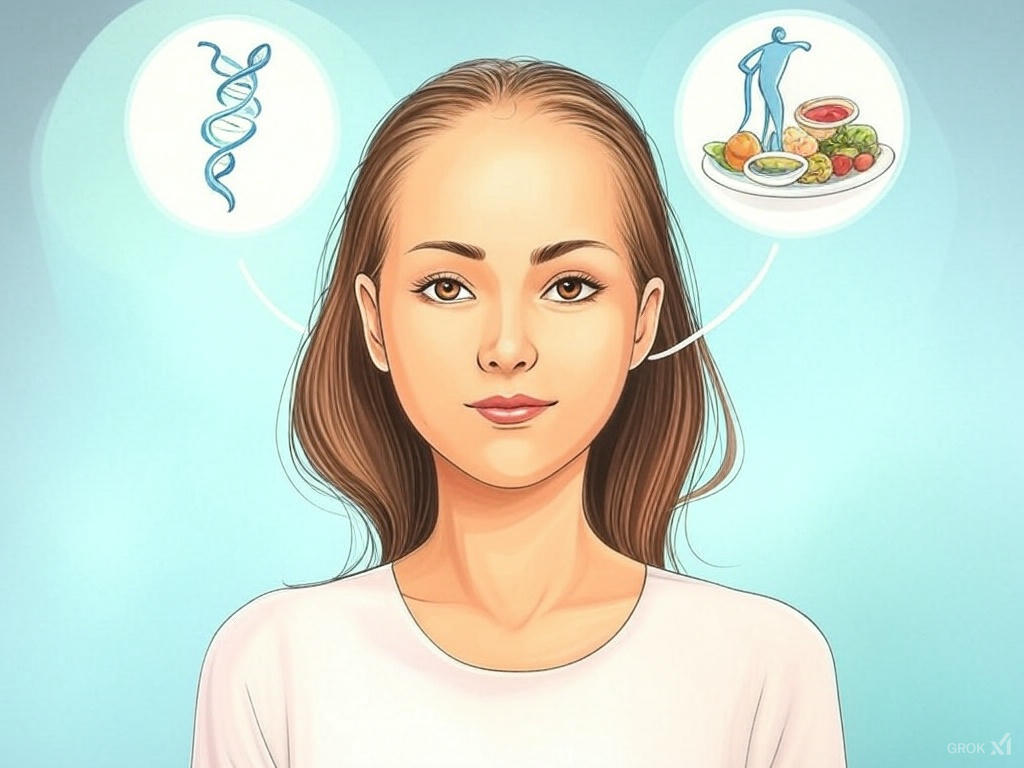
Hair loss can feel overwhelming, but understanding its root causes is the first step toward managing it gently and effectively. It’s often triggered by a mix of factors like genetics, hormonal changes, stress, or even nutritional deficiencies. For instance, conditions such as androgenetic alopecia, commonly known as male or female pattern baldness, affect millions and are influenced by hereditary traits. Other times, it might stem from lifestyle factors like poor diet or harsh hair treatments that weaken strands over time. The American Academy of Dermatology offers in-depth insights into these causes, helping you pinpoint what might be happening with your scalp. Knowing this empowers you to tailor a routine that nurtures rather than fights your hair, setting the stage for healthier growth.
Table of Contents
Choosing the Right Shampoo and Conditioner
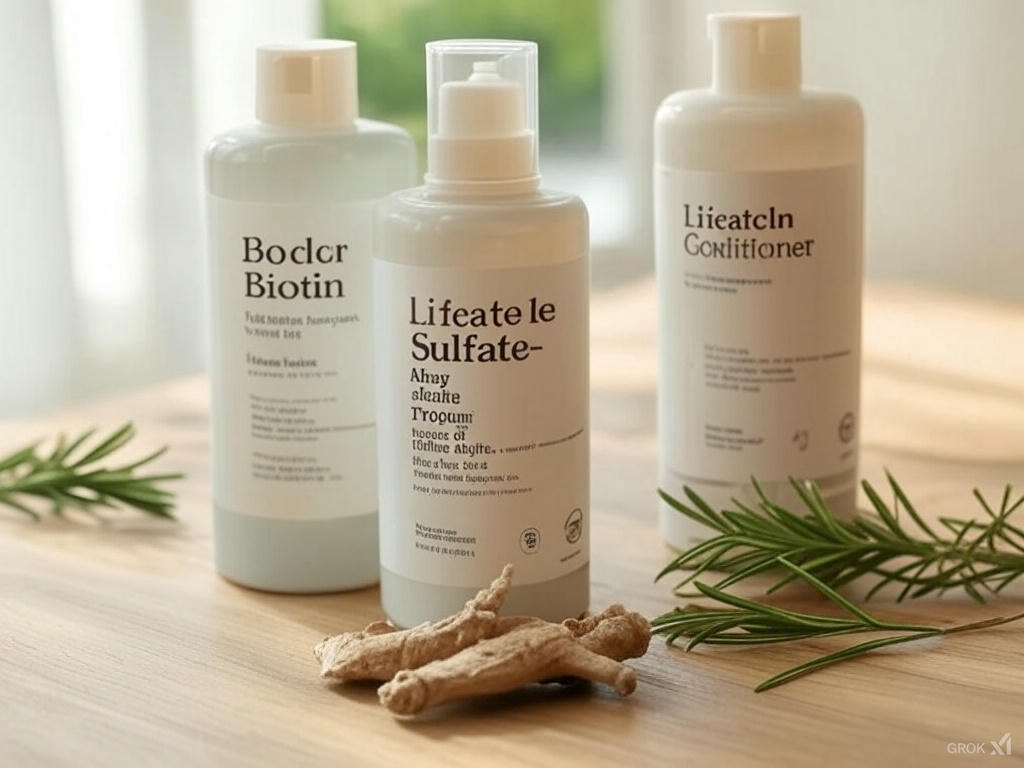
The products you use can make or break your hair’s health, especially when loss is a concern. Opting for a gentle, sulfate-free shampoo is key because sulfates can strip natural oils, leaving your scalp dry and your hair brittle. Look for formulas with ingredients like biotin or keratin, which support strength and resilience. Pair this with a lightweight conditioner that hydrates without weighing hair down—overly rich products can clog follicles and worsen shedding. If you’re exploring targeted solutions, Hottie Hair’s hair loss solution page highlights products designed to nourish thinning hair. The goal is to cleanse and moisturize delicately, preserving what you have while encouraging a healthier foundation for regrowth.
Washing Your Hair with Care
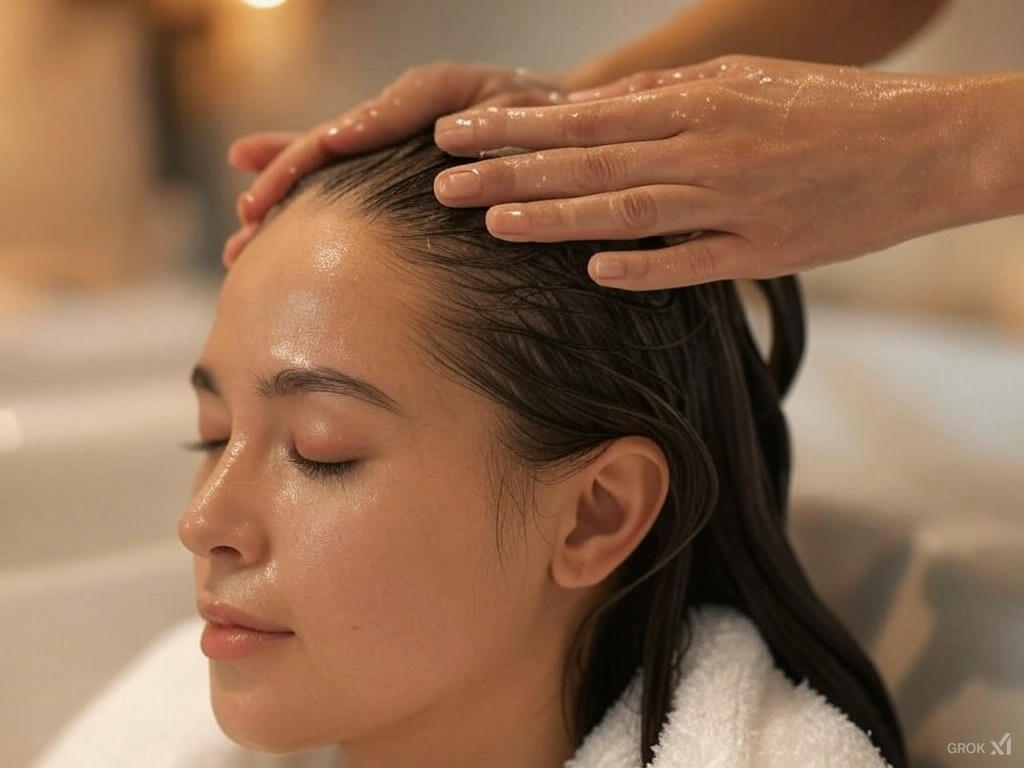
How you wash your hair matters just as much as what you use. Start by wetting your hair thoroughly with lukewarm water—hot water can stress fragile strands and exacerbate loss. Apply a small amount of shampoo, massaging it into your scalp with your fingertips, not your nails, to avoid irritation. Rinse gently but thoroughly, ensuring no residue lingers to clog pores. When conditioning, focus on the mid-lengths and ends rather than the scalp to prevent buildup. Experts from the Mayo Clinic note that overwashing can contribute to hair thinning, so aim for two to three washes a week unless your hair gets oily quickly. This mindful approach keeps your scalp balanced and your hair intact.
Incorporating Scalp Massage for Growth
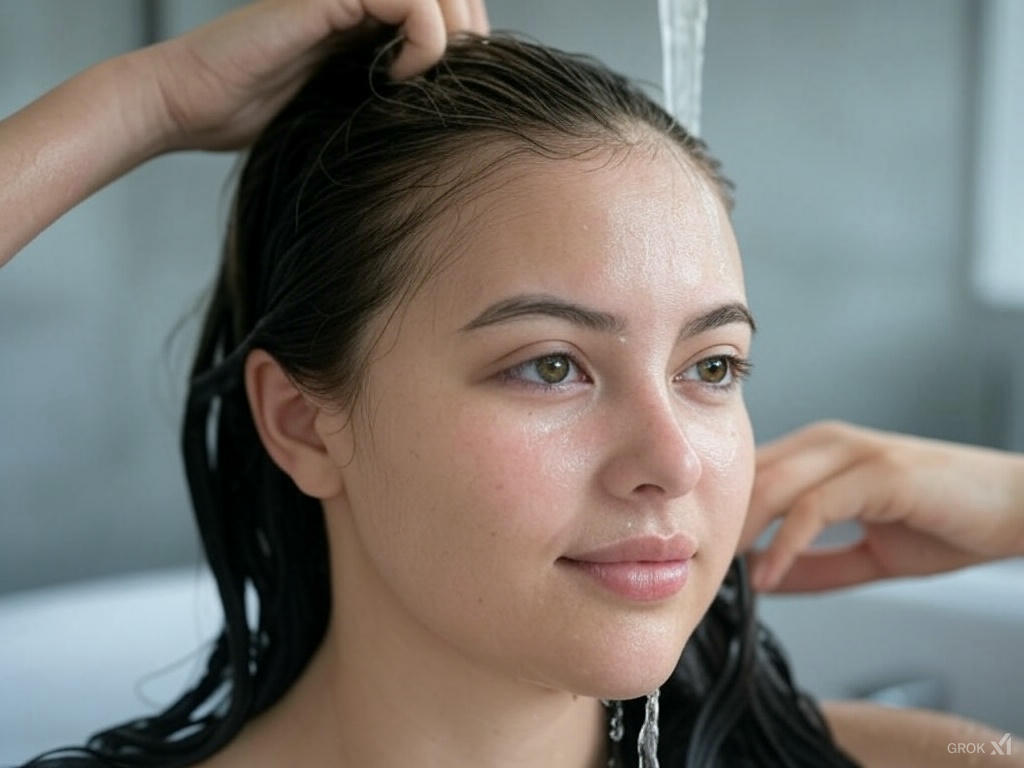
A simple scalp massage can do wonders for hair loss by boosting circulation and stimulating follicles. Using your fingertips, apply light pressure in circular motions across your scalp for five to ten minutes daily. You can do this while shampooing or as a standalone ritual with a few drops of a nourishing oil like argan or rosemary, which some studies suggest may promote growth. Research from the National Institutes of Health supports massage as a low-effort way to enhance hair thickness. It’s a soothing addition that not only feels good but also complements your gentle care routine by encouraging a healthier scalp environment over time.
Drying Hair Without Damage
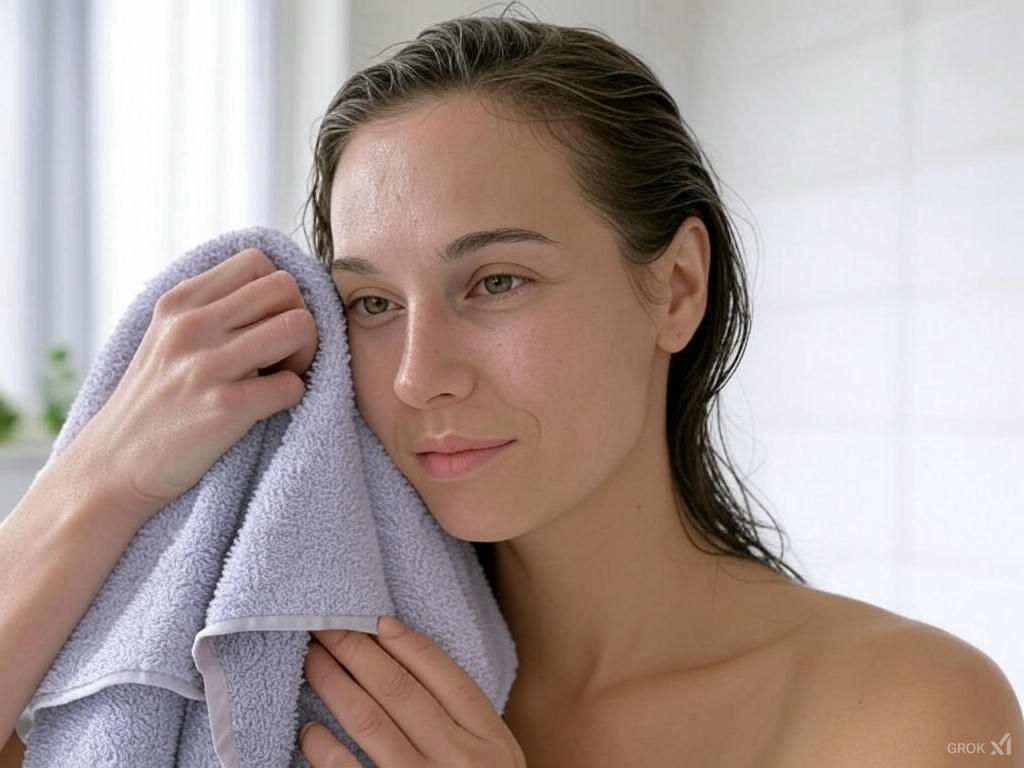
Drying your hair might seem like a small step, but rough handling can worsen hair loss. After washing, avoid rubbing your hair with a towel—instead, gently pat or squeeze out excess water with a soft, microfiber cloth to minimize friction. Air drying is ideal when possible, as heat from blow dryers can weaken already fragile strands. If you must use a dryer, keep it on a low heat setting and hold it at least six inches away from your head. The Cleveland Clinic warns that excessive heat styling contributes to breakage, so this step is about protecting what you have. A gentle drying method preserves your hair’s integrity while keeping it manageable.
Nourishing Hair with a Healthy Diet
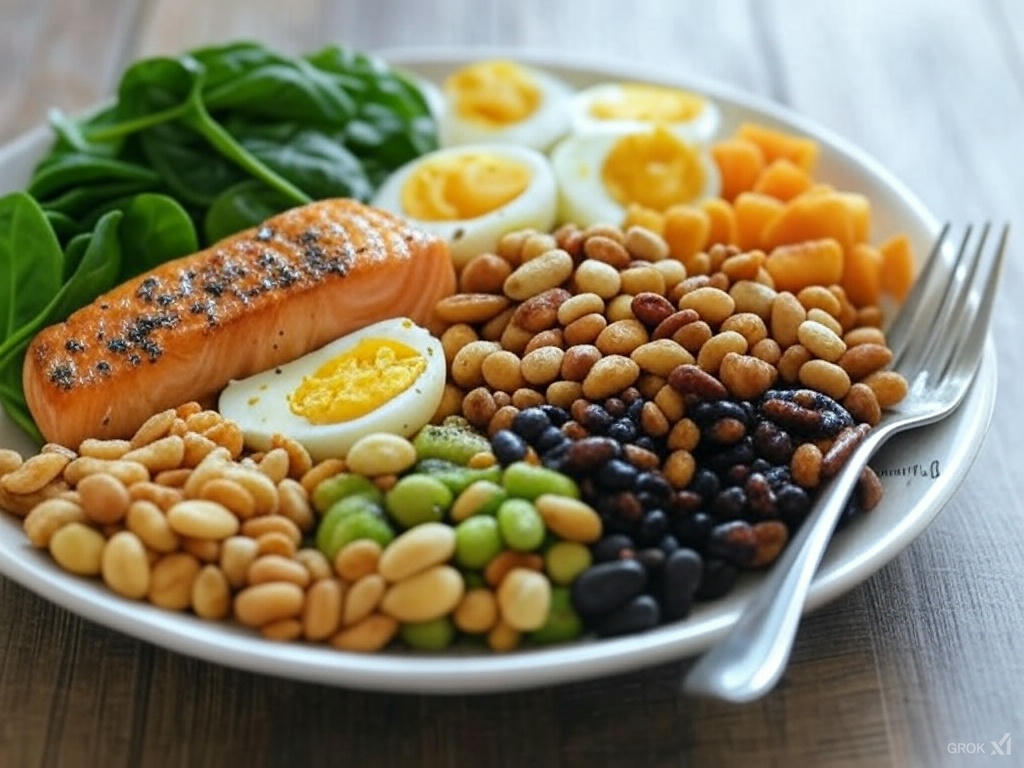
What you eat plays a huge role in combating hair loss, and a nutrient-rich diet can strengthen your strands from the inside out. Focus on foods packed with protein, iron, and vitamins like B12 and D—think eggs, spinach, salmon, and nuts. Deficiencies in these can lead to shedding, as highlighted by Harvard Health. For an extra boost, consider supplements like collagen or omega-3s, but consult a doctor first to ensure they fit your needs. Pair this with Hottie Hair’s clip-in topper extensions for added volume if you’re looking to enhance your look while your hair recovers. Feeding your body well supports your gentle routine by tackling loss at its source.
Avoiding Harsh Styling Practices
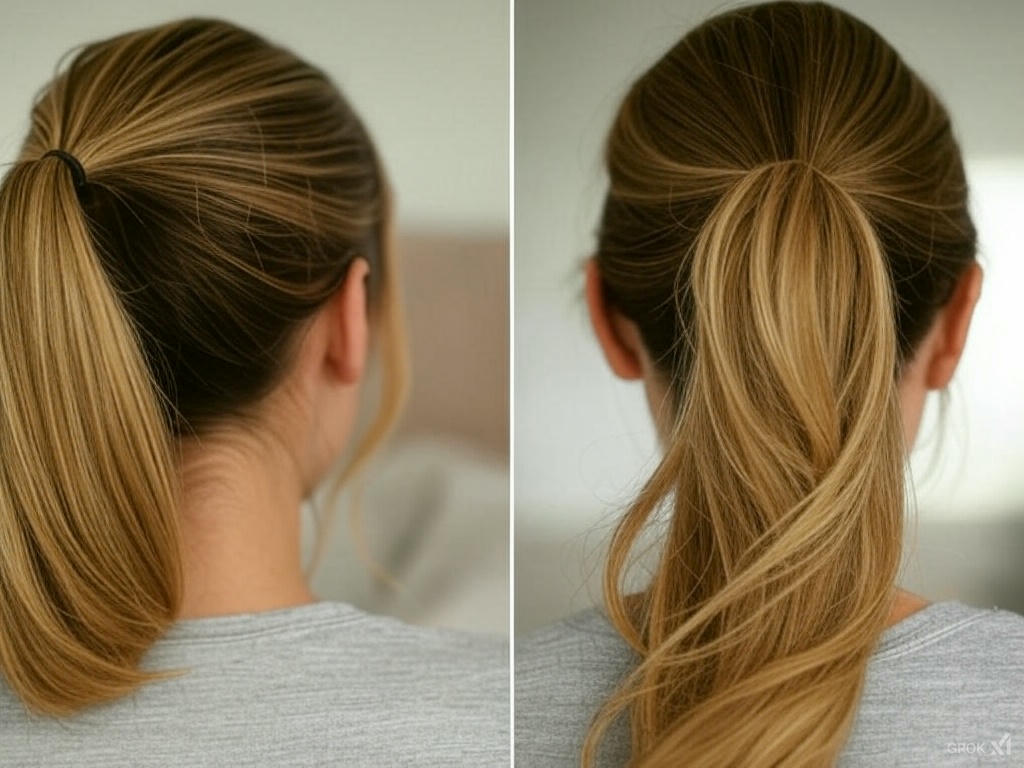
Styling can unknowingly aggravate hair loss if you’re not careful, so it’s worth rethinking your habits. Tight ponytails, braids, or heavy extensions can pull on roots, leading to a condition called traction alopecia. Heat tools like flat irons or curling wands should be used sparingly, and always with a heat protectant. Chemical treatments like bleaching or perming can also weaken hair, so give your strands a break if loss is a concern. The Dermatology Times discusses how these practices impact hair health, reinforcing the need for gentleness. Stick to loose styles and let your hair rest—it’s a simple shift that pays off in the long run.
Monitoring Progress and Seeking Professional Help

Tracking your hair’s response to this routine keeps you motivated and informed. Take photos every few weeks to spot changes in thickness or shedding patterns, and note how your scalp feels. Improvement might be slow, but consistency is key. If you don’t see progress after a few months—or if loss accelerates—reach out to a dermatologist or trichologist. They can test for underlying issues like thyroid problems or scalp conditions that DIY care can’t address. The American Hair Loss Association offers guidance on when to seek help, ensuring you’re not missing a bigger picture. Pairing professional input with your gentle routine, and perhaps talking to Hottie Hair’s experts will give you a well-rounded strategy to tackle hair loss confidently.
10 FAQs to Support “Step-by-Step Guide to a Gentle Hair Care Routine for Hair Loss”
1. What are the most common causes of hair loss?
Hair loss can stem from a variety of factors, including genetics, hormonal shifts, stress, and poor nutrition. Conditions like androgenetic alopecia, influenced by family history, are widespread, while lifestyle choices such as harsh styling or an unbalanced diet can weaken hair over time. Understanding these triggers, as explained by resources like the American Academy of Dermatology, helps you address the root cause with a gentle approach tailored to your needs.
2. How often should I wash my hair if I’m experiencing hair loss?
Washing frequency depends on your hair type, but for those with hair loss, two to three times a week is often ideal. Overwashing can strip natural oils that protect your scalp and strands, potentially worsening shedding, according to the Mayo Clinic. Using lukewarm water and a sulfate-free shampoo keeps your scalp healthy without overdoing it, aligning with a gentle care routine.
3. Can scalp massages really help with hair growth?
Yes, scalp massages can stimulate blood flow to the follicles, which may encourage hair growth over time. Studies, like those from the National Institutes of Health, suggest that regular massage can improve hair thickness. Incorporating this simple, soothing practice for a few minutes daily enhances your routine by supporting a healthier scalp environment naturally.
4. What ingredients should I look for in hair care products?
When choosing products, prioritize gentle ingredients like biotin, keratin, or natural oils such as argan or rosemary, which strengthen hair and nourish the scalp. Avoid sulfates and heavy silicones that can dry out or weigh down your strands. Hottie Hair’s hair loss solutions spotlight products with these nurturing elements, making it easier to care for thinning hair effectively.
5. Is air drying better than blow drying for hair loss?
Air drying is gentler and preferred if you’re managing hair loss, as heat from blow dryers can weaken fragile strands. The Cleveland Clinic notes that excessive heat styling contributes to breakage, so patting your hair dry with a microfiber towel and letting it dry naturally preserves its strength. If blow drying is necessary, use a low heat setting to minimize damage.
6. How does diet impact hair loss?
Your diet directly affects hair health—nutrients like protein, iron, and vitamins B12 and D are essential for strong strands. Deficiencies can lead to increased shedding, as highlighted by Harvard Health. Eating a balanced mix of foods like eggs, nuts, and fish, or even adding supplements after consulting a doctor, supports your gentle hair care routine from within.
7. Are tight hairstyles really that bad for my hair?
Tight hairstyles like ponytails or braids can cause traction alopecia, a type of hair loss from constant pulling on the roots. The Dermatology Times explains that this stress damages follicles over time. Switching to looser styles and avoiding heavy extensions, as advised in a gentle routine, helps protect your hair and prevents worsening loss.
8. How long does it take to see results from a gentle hair care routine?
Results vary, but you might notice less shedding or improved scalp health within a few months of consistent care. Hair growth is slow—about half an inch per month—so patience is key. Tracking progress with photos, as suggested in the routine, keeps you motivated while you nurture your hair back to strength.
9. When should I see a doctor about my hair loss?
If hair loss persists or worsens despite months of gentle care, it’s time to consult a dermatologist or trichologist. They can check for underlying issues like thyroid imbalances or scalp conditions, as recommended by the American Hair Loss Association. Combining professional advice from Hottie Hair’s expert stylists ensures you’re covering all bases.
10. Can hair extensions help while I work on hair loss?
Yes, extensions can boost confidence by adding volume while you focus on regrowth, as long as they’re lightweight and not pulling on your roots. Hottie Hair’s clip-in topper extensions offer a gentle option to enhance your look without stressing your scalp. Pairing them with a nurturing routine lets you manage hair loss discreetly and stylishly.
You must be logged in to post a comment.